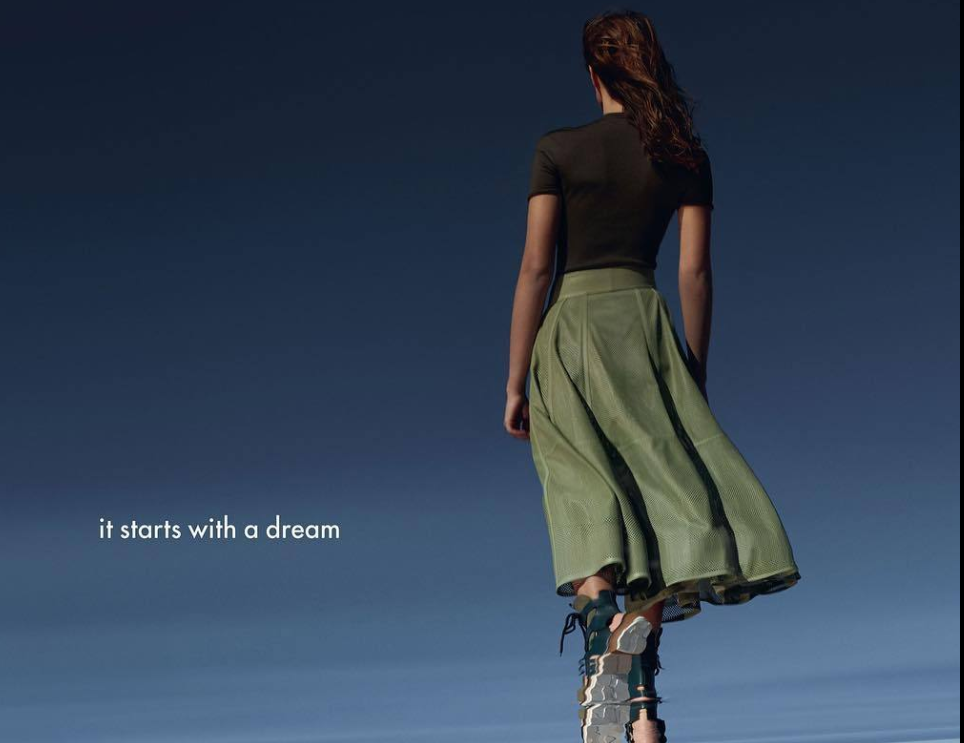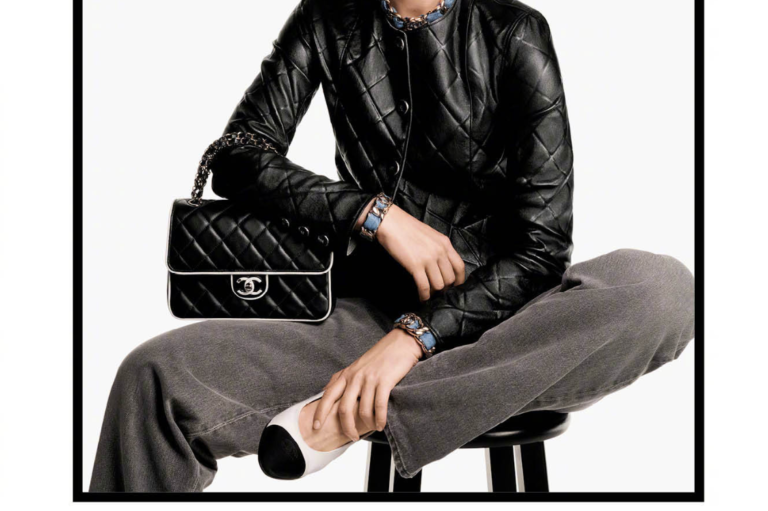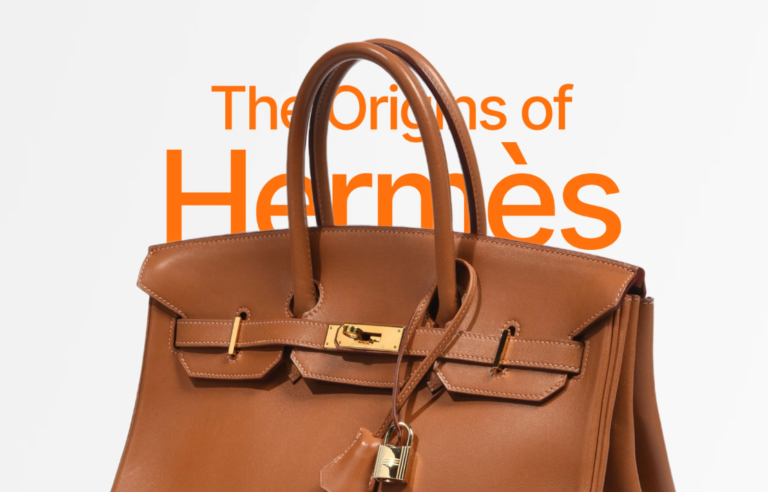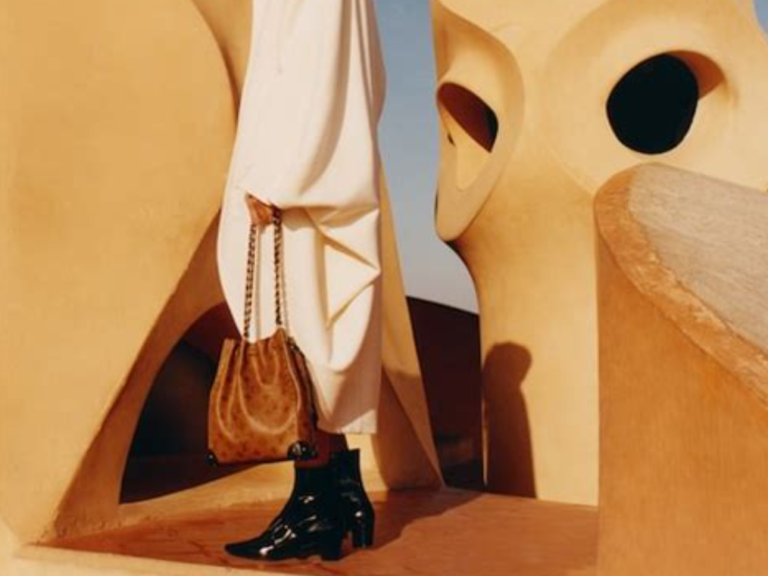Luxury handbags, as a fusion of fashion and craftsmanship, have unique value and appeal due to the materials used in their creation. From classic leathers like cowhide and lambskin to rare materials like crocodile and ostrich leather, and even modern innovative fabrics, each material behind these handbags represents the brand’s craftsmanship and artistic vision. Today, I will provide a detailed analysis of luxury handbag materials, helping you better understand how these materials impact both the value and user experience of the bags.

1. Natural Leather: A Blend of Tradition and Craftsmanship
1.1. Cowhide: A Symbol of Durability and Versatility
Cowhide is undoubtedly the cornerstone material for luxury handbags due to its natural texture and excellent workability. Depending on the processing method, cowhide can showcase a variety of styles:
- Full-Grain Leather: Retains the full natural texture with a smooth, glossy surface. Though prone to scratches, it’s ideal for high-end brands like Hermès’ Boxcalf series, which exudes elegance and luxury.
- Calfskin: Fine, soft, and smooth, often used in structured bags by brands like Chanel and Louis Vuitton. For example, Hermès’ Swift leather is both soft and vibrant in color, making it a classic.
- Vegetable-Tanned Cowhide: Processed through an eco-friendly tanning method, this leather has a natural matte finish and develops a unique patina over time. Loewe frequently uses this retro-style leather.
Care Tips: Avoid exposure to direct sunlight and humidity, use professional leather conditioners regularly, and lightly rub out scratches with your fingertip.
1.2. Lambskin: A Balance of Softness and Delicacy
- Lambskin: Known for its velvety texture, lambskin is soft but delicate, making it more prone to wear and discoloration. Chanel’s classic bags are made from this material, which requires extra care.
- Goatskin: More durable than lambskin, and Hermès’ Chèvre series features a unique rainbow metallic sheen on this leather, combining both durability and artistry.
Care Tips: Use colorless lanolin cream for nourishment and avoid extreme temperatures to prevent cracking.
2. Rare Leathers: A Symbol of Luxury and Rarity
2.1. Crocodile Leather: The Pinnacle of Luxury
Crocodile leather is prized for its symmetrical scales and jewel-like sheen, symbolizing extreme luxury. For example, Hermès’ Birkin crocodile leather edition is crafted with meticulous skin selection and dyeing processes, costing hundreds of thousands of dollars.
- Glossy Crocodile Leather (Lisse): Highly shiny, but prone to scratches.
- Matte Crocodile Leather: More scratch-resistant but must be kept dry to avoid moisture seeping into the scales.
2.2. Ostrich and Python Leather
- Ostrich Leather: Known for its distinctive round dot pattern, lightweight, and breathable, Louis Vuitton once released a limited-edition ostrich leather version, highly collectible.
- Python Leather: Shiny like pearls and unique to the touch, but it’s prone to cracking. Gucci enhances its python leather with a resin coating to improve durability.
Care Tips: Regularly use specialized glosses to maintain the leather’s appearance, store bags with soft padding to preserve their shape, and avoid contact with cosmetics.
3. Synthetic and Composite Materials: Innovation and Functionality
3.1. Canvas and Coated Fabrics
- Louis Vuitton Monogram Canvas: Made from a cotton-linen base coated with a special resin, it is waterproof, durable, and lightweight. The classic Neverfull tote bag features this material.
- Gucci Canvas: Reinforced with pigskin lining for better structure, this material has decorative textures formed during the pore treatment, providing durability while keeping costs down.
3.2. Patent Leather and Suede
- Patent Leather: Like the Dior Lady Dior, it features a high-gloss resin coating with saturated colors but is prone to absorbing dyes, so it should be stored separately.
- Suede: Seen in CELINE’s Triomphe series, it’s processed with plant tanning to achieve a soft, velvety texture. Use a soft-bristled brush for regular cleaning.
Care Tips: Lightly wipe patent leather stains with a cotton swab, while suede should be cleaned regularly with a suede eraser and kept away from oil stains.
4. Special Materials: Artistic and Sustainable Innovations
4.1. Metal and Wood
- Metal Accents: Like Hermès’ Kelly Lock, which uses gold-plated metal, and Gucci’s Dionysus tiger head buckle, made from antiqued brass. Metals require regular cleaning to prevent oxidation.
- Bamboo and Wood: Gucci’s Bamboo Bag features a handle made from curved bamboo, while limited-edition Hermès bags use crocodile wood inlays. These materials should be kept away from temperature fluctuations to avoid deformation.
4.2. Eco-Friendly Innovations
- Mushroom Leather (Mylo): A material made from mushroom mycelium, used in Hermès’ Victoria travel bag, challenging the scarcity of traditional leather.
- Recycled Nylon: Prada’s Re-Nylon series uses recycled ocean plastics, offering both lightweight properties and eco-friendliness.
5. Material Rarity and Its Impact on Value
The rarity of materials directly affects the value of luxury handbags. For example, crocodile leather is so rare that each skin can only be used for 1 to 2 bags, making its annual production extremely limited, which drives up the price. Brands also use a “distribution system” to control the flow of rare leather bags, further increasing their value in the secondary market.
Conclusion: The Philosophy Behind Material Selection
The material of each luxury handbag is not just a functional component but a carrier of the brand’s culture and history. From cowhide to rare leathers, and from innovative mushroom leather to eco-friendly recycled nylon, the selection of materials for luxury handbags is becoming more diverse and sustainable. Whether it’s the value retention of classic designs or the innovation of new materials, each bag is a perfect fusion of the brand’s story and craftsmanship spirit.
When choosing your luxury handbag, consider its intended use (commuting or evening), care requirements (delicate or durable), and future value (practical or collectible), to find the perfect balance that suits you!




